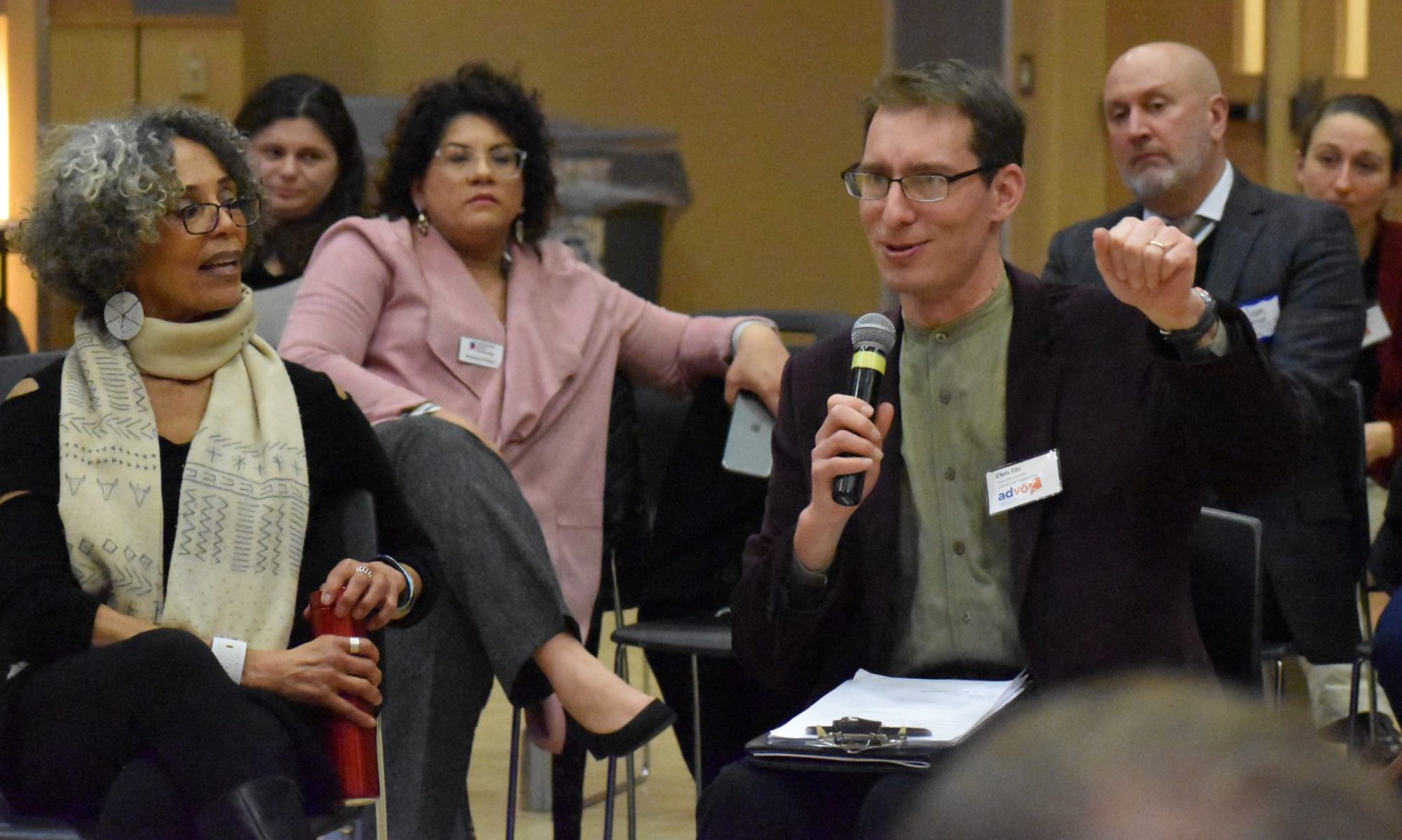Your group has a great vision. How will you make it reality? And how do you weather the storm of personality clashes and power struggles that will inevitably unfold?
“Thanks for bringing this to our staff. I’ve worked down the hall from her for years, but never knew any of her stories!”
~ community college staff member
I use an array of both subtle and dramatic techniques to catalyze your group into an energized and sensitive team. Whether you are a large company, small business, school, community organization or community of worship, I customize group facilitation approaches for your specific needs to maximize your group’s unity, empathy and productivity.
Here’s how:
- CONSULT: I work with you and your leadership on a needs assessment, asking questions about your group’s history, dynamics and current issues. I help clarify the goals for a facilitated process and survey outside that core team when feasible. Together, we develop a plan.
- PREPARE: I help to orient and pre-train your leadership team, giving you a common understanding of what to expect from our facilitated process. This could include “homework” as deemed appropriate in our initial plan.
- ENGAGE: The entire group is engaged in one or a series of interactive sessions that include a range of interactive activities. The process follows this general path:
- Warm up groups to begin to get “out of our heads” – this maximizes efficiency by using more of our brain and heart capacity;
- Get down to business, addressing core needs, issues, concerns while focusing on individual and group strengths – this varies greatly depending on the plan goals. For the core of facilitation work, I rely on a number of tools outlined in the following pages.
- Ask for solutions from group members – or articulate ideas that have already been expressed. I help move toward consensus using various methods to get “out of the head” again if needed. This is easier than most people imagine;
- Elicit leadership and action steps with a timeline to make good on proposals and a minimum “next baby step” assigned, often, the next meeting date;
- Solicit reflection and evaluation about the process and learning that’s taken place.
- FOLLOW-UP with the leadership team again to share evaluation and solicit feedback. Clarify together next steps required for your group and discern how it might involve further facilitation.
- BUILD SUSTAINABILITY with a plan to maintain momentum and high-performance functioning, often with a subsequent focus on leadership development, organizational ritual, skill-building and training of trainers.
I draw from a number of traditional “vanilla” facilitation techniques for meetings in addition to tools that have more of an exotic “chunky monkey” flavor. Together, they ensure that your group operates at its best with a balance of productivity and fun, left-brain and right-brain, discussion and hands-on activities and most of all, participation and leadership from all members.
If you’re interested in exploring powerful solutions for your group and community, contact me for a free consultation. Or…
Learn more about the different tools in my toolbox. Or…
Want to take your group to the edge? Offer a fresh and transformative approach with interactive, improvisational theatre. This is especially ideal for large groups, short events (1-2 hours), neighborhood gatherings and conferences. Read more about how Playback Theatre and similar arts can bring your group to life.
“Wow, the stories blew me away. I didn’t think I could learn anything more about some of my colleagues.”
~ mental health services worker
